
All categories
Featured selections
Trade Assurance
Buyer Central
Help Center
Get the app
Become a supplier

(4519 products available)






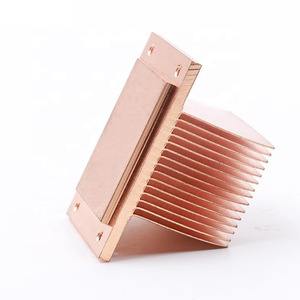
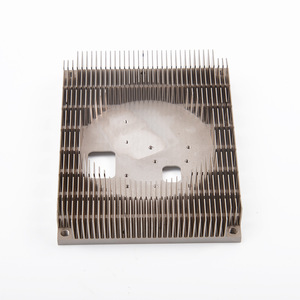

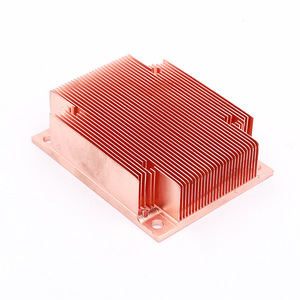

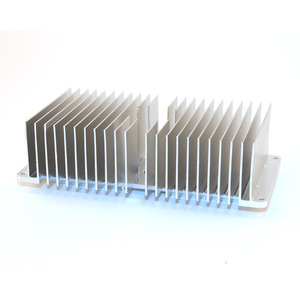

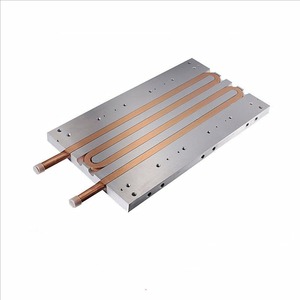
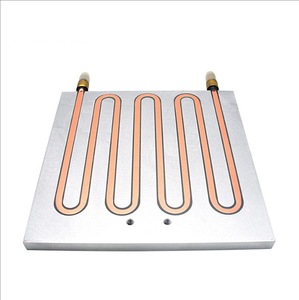
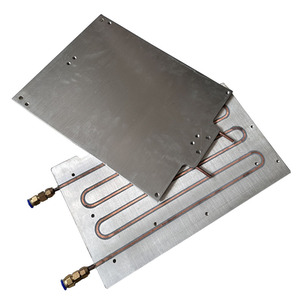

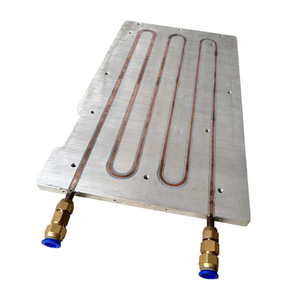



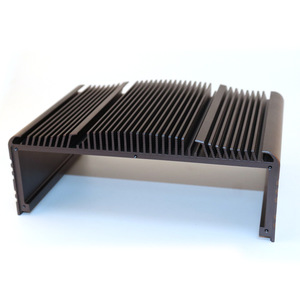
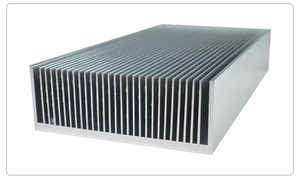

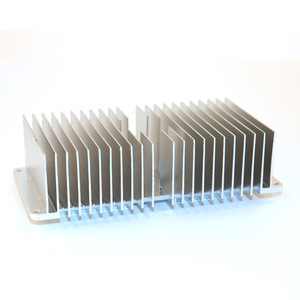













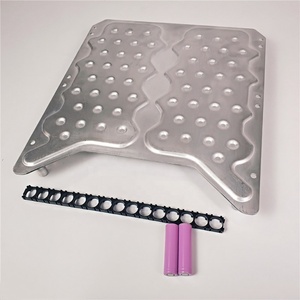


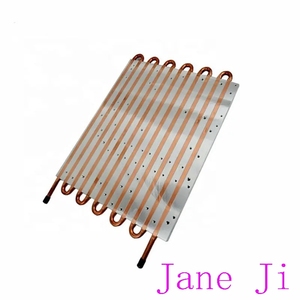




A liquid cold plate is an apparatus for spreading heat from objects to cooling fluids, which keeps the working environment of machinery or electronic components at an acceptable temperature. Cold plates can be made of copper, aluminum, or other materials with excellent thermal conductivity. The specific designs and configurations of cold plates may differ, but they generally consist of a plate or block with inlet and outlet channels.
There are three typical kinds of cold plates.
Passive Cold Plates
A passive cold plate relies on natural heat transfer mechanisms to transfer heat from the components to the cold plates. Regardless of design, a passive cold plate typically has a thermal conductive material that connects heat sources and cooling surfaces. Passive cold plates are easy to manufacture and cost-effective because they don't need external power.
Active Cold Plates
Active cold plates usually integrate a temperature sensor, pump, and some exchange devices to control the temperature precisely. Active cold plates can provide adjustable temperature control for the components they are in, but the complex design usually increases the manufacturing and maintenance cost.
Wicked Cold Plates
A cold plate with a heat pipe or vapor chamber is a special type of passive cold plate. These cold plates use heat pipes or vapor chambers to spread heat. Heat pipes work by evaporating working fluid inside the sealed pipes, transferring heat away, condensing again, and repeating the cycle. Vapor chambers are flat, porous, and anisotropic thermal conductive devices that can spread heat in two dimensions. The heat pipes or vapor chambers can spread heat quickly in small volumes, making them suitable for applications with limited space and high heat dissipation needs.
Materials
Liquid cold plates are typically made from materials like aluminum, copper, or stainless steel. The choice of material impacts heat transfer capabilities, corrosion resistance, and overall durability. For instance, aluminum is lightweight and offers good thermal conductivity, making it suitable for applications where weight is a concern.
Flow Channel Design
The geometry and layout of the flow channels within a cold plate play a crucial role in determining how effectively the liquid coolant circulates. Common channel designs include traditional straight paths, serpentine (meandering) routes, parallel channels, or even more complex arrangements like tree-like branching structures.
Heat Transfer Performance
This shows how well a cold plate dissipates heat. Factors influencing this performance include thermal resistance, which indicates how easily heat flows through the cold plate; cooling capacity, i.e., the amount of heat it can remove; and temperature gradient, which is the difference between the heat source's temperature and the coolant's temperature.
Environmental Resistance
Liquid cold plates are susceptible to environmental factors like humidity and temperature. They may require protection against oxidation, corrosion, or biological growth. Environmental resistance refers to a cold plate's ability to withstand such environmental challenges without degrading its performance or integrity.
Thermal Interface Materials (TIMs)
These materials fill the microscopic gaps between the heat source and the cold plate, aiding thermal conductivity. Common TIMs include thermal grease, pads, and phase-change materials. The choice of TIM can influence thermal resistance and overall heat transfer efficiency.
Inspections
Regular inspections should be done to ensure that there is no damage, corrosion, or leakage in areas like the weld joints, sealing elements, and coolant channels. Also, the coolant's condition should be checked to see if there are impurities, deposits, or degradation.
Cleanliness
Always ensure that the cold plate and surrounding areas are clean so that any contaminants or impurities are removed. Use suitable cleaning agents and tools that do not damage the cold plate.
Coolant Management
If the liquid cold plate's coolant needs to be replaced or replenished, follow the specified procedure and use the appropriate coolant type. Also, ensure the coolant circulation system is functioning properly, and there are no blockages or pump malfunctions.
Heat Transfer Surface Maintenance
If there are heat transfer surfaces in the cold plate that need to be cleaned or maintained, use appropriate methods and materials to ensure optimal heat transfer performance.
Temperature Control
If there are temperature control devices in the liquid cold plate, ensure that the relevant parameters are within the specified range to maintain the proper operating temperature of the cold plate.
Because of their flexibility and impeccable performance, liquid cold plates are utilized in many industrial areas.
Electronics cooling
Liquid cold plates are mostly integrated into electronic devices and gadgets to provide effective heat dissipation. This shows that liquid cold plates are utilized in several electronic devices like semiconductor devices, power devices and laser diodes. They also find application in consumer electronics such as televisions, computers, mobile phones, etc.
Aerospace and automotive
In the automotive and aerospace industries, providing efficient heat management is imperative for the performance and stability of the whole vehicle. Liquid cold plates are commonly used in the automotive area for electric vehicles, especially. The vehicle's battery, as well as its power system, generate a lot of heat during operation. Cold plates liquid helps regulate the temperature to ensure that the vehicle can perform well and steadily.
To select the right liquid cold plate for an application, it is essential to consider a number of factors.
Heat Transfer Area
The overall size of the liquid cold plate and the number of channels in it will impact the amount of heat that can be absorbed. A larger surface area will typically allow more heat to be removed. However, also consider the amount of space available in the device when determining the size of the cold plate.
Flow Rate
The temperature drop at the surface of the cold plate will depend on the speed at which the coolant moves through the channels. A higher flow rate will improve cooling but may create more noise and require a more powerful pump.
Fluid Choice
Consider the properties of different coolant options, such as water, ethylene glycol, or propylene glycol. Water provides the best heat transfer, but the cold plate design must prevent any risk of condensation forming on electrical components.
Material Selection
The choice of materials used to construct a cold plate will affect thermal performance and durability. Aluminum is lightweight and offers good thermal conductivity. Stainless steel provides improved corrosion resistance but has lower thermal performance.
Joining Methods
There are various ways to make cold plates, such as welding, adhesive, or mechanical fasteners. The method used should provide adequate thermal transfer while allowing for assembly and maintenance of the device.
Q: How many years does a cold plate last?
A: Cold plates can last for about 20 years if used properly.
Q: What are the benefits of cold plates?
A: The benefits of cold plates include cost-effective cooling, space-saving, rapid heat transfer, versatility, and longevity.
Q: Can liquid cold plates be used in portable coolers?
A: Yes. Liquid cold plates are sometimes used in portable coolers.
Q: What liquid is used in cold plates?
A: Water is commonly used in cold plates. However, some cold plates use glycol solutions or refrigerated liquids.